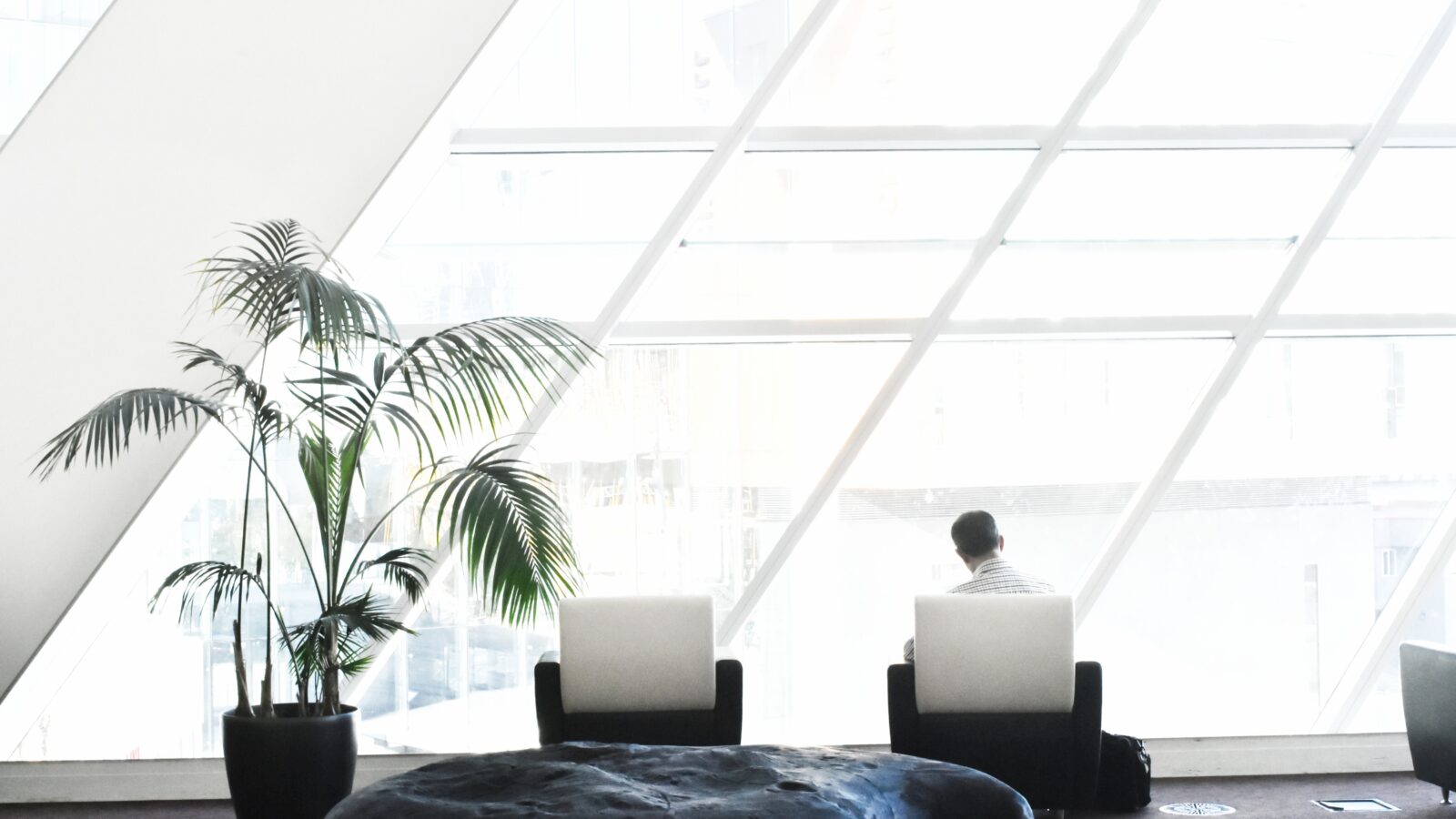The way of work has changed. There’s no way to get around that. Many organizations have moved entirely to remote or hybrid workforces, which has led to a bit of a conundrum regarding what exactly to do with office spaces. People are coming back into the office for a range of reasons, whether it’s to access materials, utilize resources, or simply use the space itself. And while you, as a leader, always have the option to leave the space “as-is,” you might find that it’s no longer conducive to working — at least not productively or efficiently. It could also impede the engagement and interactions of hybrid employees.
In an effort to make the workplace a productive and welcoming place for all employees, a few changes might be in order. Before renovating and repurposing the space, keep these tips in mind:
1. Create spaces for privacy and concentrated work.
Hybrid work has led leadership teams to question the purpose of the office, with many companies rethinking their spaces almost entirely. It isn’t uncommon to find the modern office as a destination for nothing more than meetings, collaboration, and networking. The only problem with this is that hybrid employees still need a place for concentrated work when they come into the office.
Redoing the space is always an option, but that can be costly and time-intensive — two factors that have ushered in a new era for the “work pod,” which offers a quiet and private place away from distractions and noise. SnapCab is one manufacturer that has developed pods with adjustable lighting, temperature controls, and soundproofing that can also be fitted with technology like video conferencing, monitors, and more.
“By providing tailored work pods, leaders can create a welcoming and personalized workspace for hybrid employees, helping them feel more at home in the office,” says Carla Bostock, product aesthetics and customer experience manager at SnapCab. “This can lead to increased employee satisfaction, retention, and productivity, ultimately benefiting the organization as a whole.”
The ultimate goal is to offer a personalized workspace for hybrid employees so they don’t feel the need to leave the office just to get their work done.
2. Provide room for collaboration.
Redefining the purpose of an office, especially one that employs hybrid workers, doesn’t mean collaborative areas should take a backseat. They will be just as important as private spaces used in between brainstorming sessions. You’ll want to provide an assortment of work settings for the team, and one of those settings should support collaboration — both for small and large groups.
PUMA’s North American headquarters were designed with that idea in mind, positioning “collaborative hubs” throughout the building. Some have been set up for product testing, while others are better suited for cross-functional team ideation. There are also hubs for design. The decision has reportedly paid off, accelerating the company’s digital-first approach to collaboration.
3. Institute hot desking.
Hot desking is akin to sharing desk space — that, or reserving a table at your favorite restaurant. Instead of splitting the use of a desk with another employee, it’s with all colleagues. Team members secure a spot through either a booking system or a first-come, first-serve basis, and that spot could be a desk, privacy pod, or some other workstation.
What this does is allow you to reduce the number of desks within your office. Reducing the number of desks obviously increases the amount of square footage available to use for other purposes (i.e., collaborative hubs, social spaces, etc.). It also has a way of freeing employees from feeling tethered to their desks. The only drawback is the potential of not being guaranteed a space, which is why the booking system is often the better option.
4. Embrace flexibility with meeting spaces.
With the widespread prevalence of hybrid work, a flexible, adaptable workspace is essential — meeting rooms included. It’s all about creating spaces that can change to suit a specific need. Modular furniture, according to Bostock, can easily be reconfigured to accommodate whatever use case might come. Technology components should also be a large part of the design, allowing for videoconferences, virtual meetings, and even digital interviews.
Again, the design should reflect that of the organization. Perhaps the meeting space also serves as a collaborative hub. Then, if you were to integrate a booking system for reserving workstations, there’d be no question whether employees would have a space for important meetings.
Ultimately, you want to give employees a choice — and multiple ones at that. You’re already providing people with the flexibility they seek in a hybrid work arrangement, so it only stands to reason why the workspace should follow suit. People are coming back with new habits and behaviors, which could mean the traditional office setup no longer works. Flexibility and adaptability will be the two words that best define the workplace of the future. The only decision you have left to make is whether your business will be a space where collaboration, innovation, and creativity can take place.


